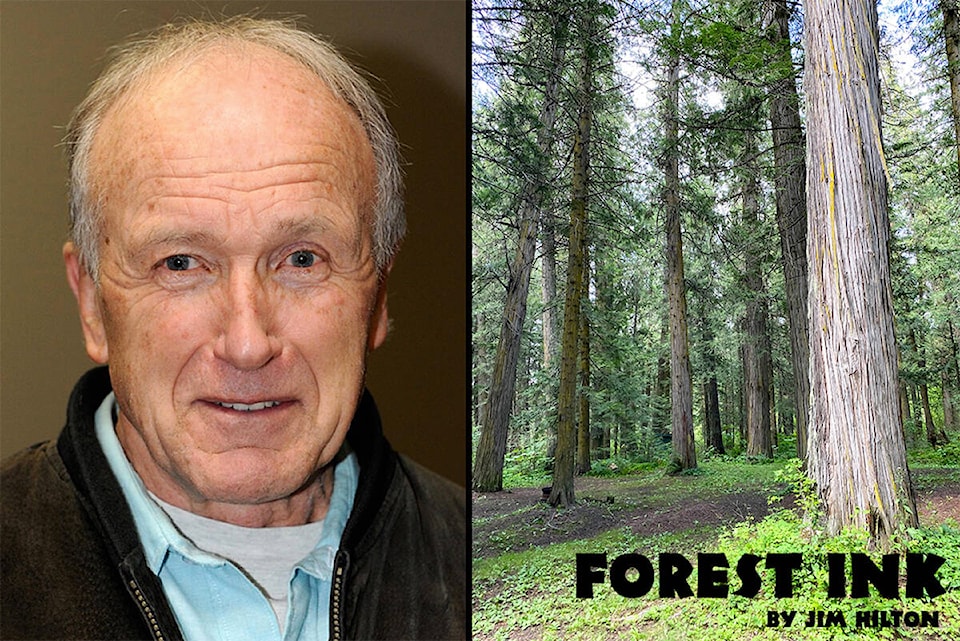In July of this year it was announced that a group of Canadian and French companies will build an $80 million plant in Quebec to turn forestry waste into biochar. This pure carbon, very porous, substance is produced by heating wood residues and other biomass in a low-oxygen chamber that limits emissions, in a process known as pyrolysis.
As the biomass heats, bio-oils and gas are also produced and can be used on site as part of the pyrolysis process or for power generation. The facility is to be located in Port-Cartier — about 850 kilometres (528 miles) northeast of Montreal — and will be completed next year with an initial annual capacity of 10,000 tons per year, which will be tripled by 2026, making it North America’s largest biochar plant. The plan was announced in a joint statement by Canadian clean-tech startup Airex Energy Inc, lumber producer Groupe Remabec and French waste-treatment group Suez SA.
The project will sequester 75,000 tons of carbon per year — equivalent to over 400 rail cars worth of burned coal — and generate certified carbon credits that will be sold by First Climate AG. Used as a soil amendment, biochar offers several benefits, including carbon sequestration, increased nutrient retention, and optimized soil aeration and drainage. Its properties allow it to contribute to soil regeneration, limit the use of fertilizers and sustain water resources.
When added to concrete or asphalt formulations, biochar brings new functionalities to the final material while helping to reduce its carbon footprint, a key issue for the construction sector. At last, the production of biochar at high-temperature and with oxygen-free pyrolysis will generate surplus energy in the form of steam or pyrolysis oil, which can be directly reused on site.
As I have discussed in previous articles it may be more efficient in remote sites to produce biochar by top burning of residue logging waste piles but energy is wasted during the open flame approach. A compromise would be to use portable air current burners which can capture some of the heat to generate power on site. Using biochar for carbon capture has many advantages over trying to capture carbon dioxide and store it underground since it is much more stable as a soil amendment and immediately starts to improve soil properties.
Storing carbon dioxide underground not only consumes a lot of energy there is a concern that it may escape back into the atmosphere. In contrast biochar used as soil amendment or added to concrete of asphalt has a immediate and long-term positive impact. This makes biochar a more reliable way for a company to earn carbon credits which helps in the start up and ongoing financial success of any company. Using biochar is a good way to offset some of the costs associated with the creation of a more diverse forest ecosystem as discussed in the last article about the recommendations from the Forest Practices Board report.
Hopefully the Quebec plant will allow more people start using biochar in a wider variety of applications which should encourage the establishment of more production facilities in other provinces. Introducing any new product or process into the system has often been a slow process and next week I would like to take a look at a similar example in the ongoing health care crisis.
READ MORE: FOREST INK: Developing a local market for biochar
READ MORE: FOREST INK: Company invests $10M in biochar
Don’t miss out on reading the latest local, provincial and national news offered at the Williams Lake Tribune. Sign up for our free newsletter here.
